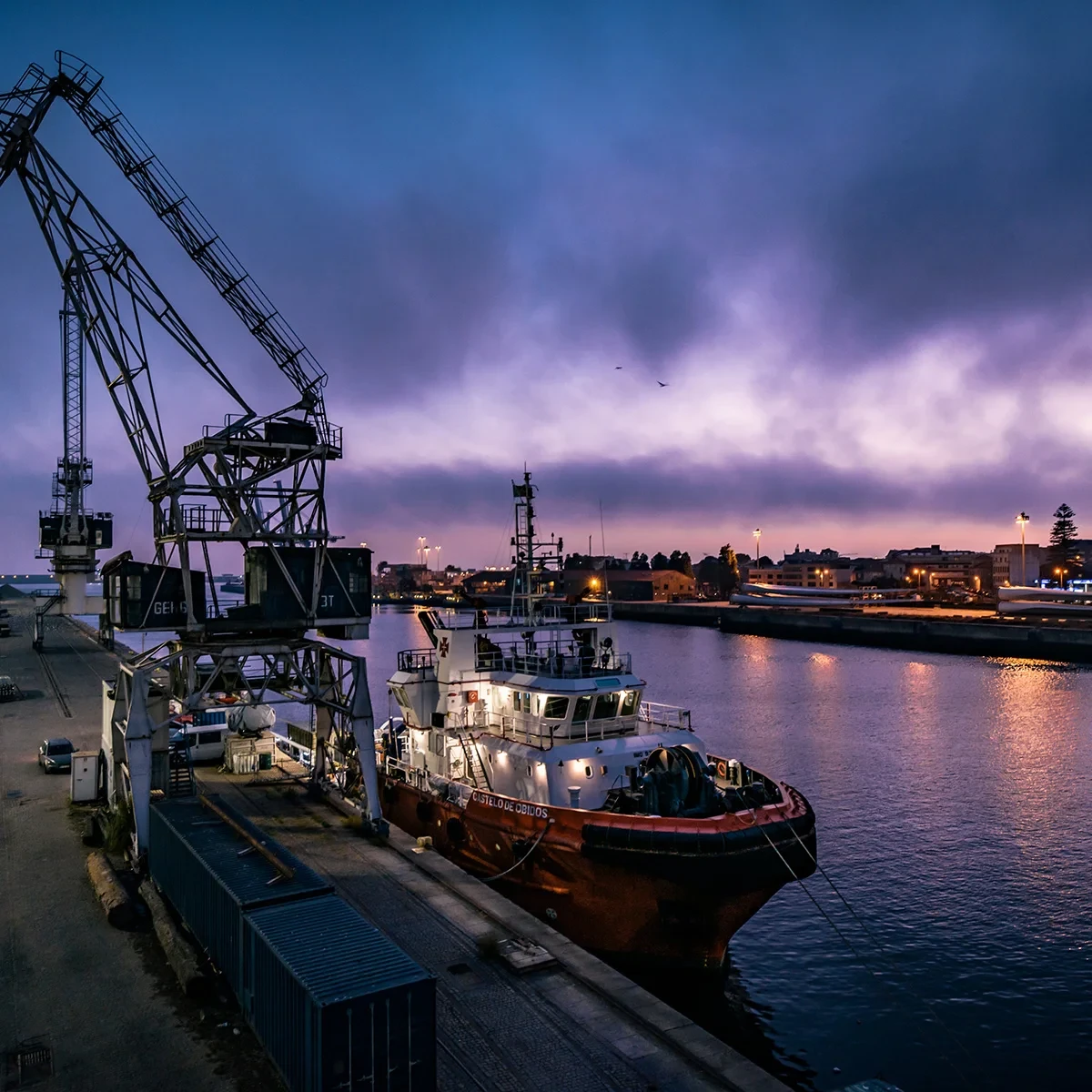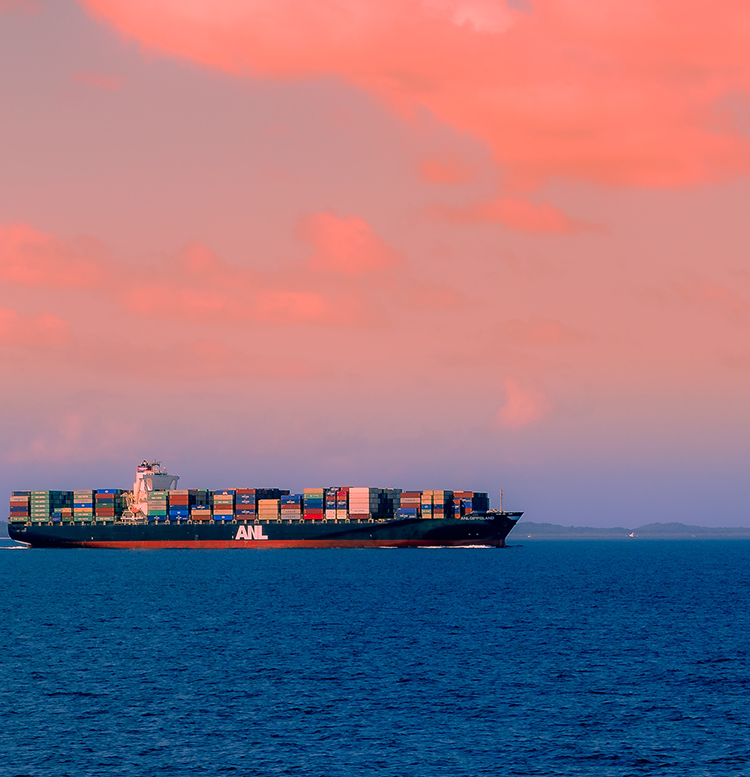Email format error
Email cannot be empty
Email already exists
6-20 characters(letters plus numbers only)
The password is inconsistent
Email format error
Email cannot be empty
Email does not exist
6-20 characters(letters plus numbers only)
The password is inconsistent

News

What Steps Does International Logistics Service Include?
International logistics service is a complex process that involves a range of activities and stakeholders. It is the process of managing the movement of goods across borders and around the world, and it requires careful planning, coordination, and execution. In this blog post, we will discuss the steps that international logistics service includes.
Step 1: Planning and Coordination
The first step in international logistics service is planning and coordination. This involves identifying the goods to be transported, determining the transportation mode and route, and coordinating with logistics providers and other stakeholders. It is important to consider factors such as transportation costs, transit times, and compliance requirements when planning and coordinating logistics processes.
Step 2: Freight Forwarding
Freight forwarding is the process of arranging the transportation of goods from one location to another. This involves selecting the most appropriate transportation mode, such as air, sea, or land, and coordinating with carriers and other logistics providers. Freight forwarding also involves managing documentation and compliance requirements, such as customs clearance and import/export documentation.
Step 3: Customs Clearance
Customs clearance is a critical step in international logistics service. This involves ensuring that goods comply with all relevant regulations and requirements, such as tariffs, duties, and taxes. Customs clearance also involves managing documentation and coordinating with customs officials and other stakeholders.
Step 4: Warehousing and Storage
Warehousing and storage are important components of international logistics service. This involves managing inventory and ensuring that goods are stored in a safe and secure manner. Warehousing and storage also involve managing logistics processes such as order fulfillment, inventory management, and distribution.
Step 5: Transportation and Delivery
Transportation and delivery are the final steps in international logistics service. This involves ensuring that goods are transported to their destination safely and efficiently, and that they are delivered to the intended recipient on time. Transportation and delivery also involve managing logistics processes such as tracking and monitoring, and coordinating with carriers and other logistics providers.
In conclusion, international logistics service is a complex process that involves a range of activities and stakeholders.
By following the steps of planning and coordination, freight forwarding, customs clearance, warehousing and storage, and transportation and delivery, businesses can ensure that their logistics processes are efficient, cost-effective, and compliant with all relevant regulations and requirements.
By working with experienced logistics providers and leveraging advanced technologies, businesses can achieve their international trade goals and succeed in the global marketplace.

